The brutal harmony of Villa Caffetto: an Escheresque Italian modernist gem
The Escheresque Italian Villa Caffetto designed by Fausto Bontempi for sculptor Claudio Caffetto
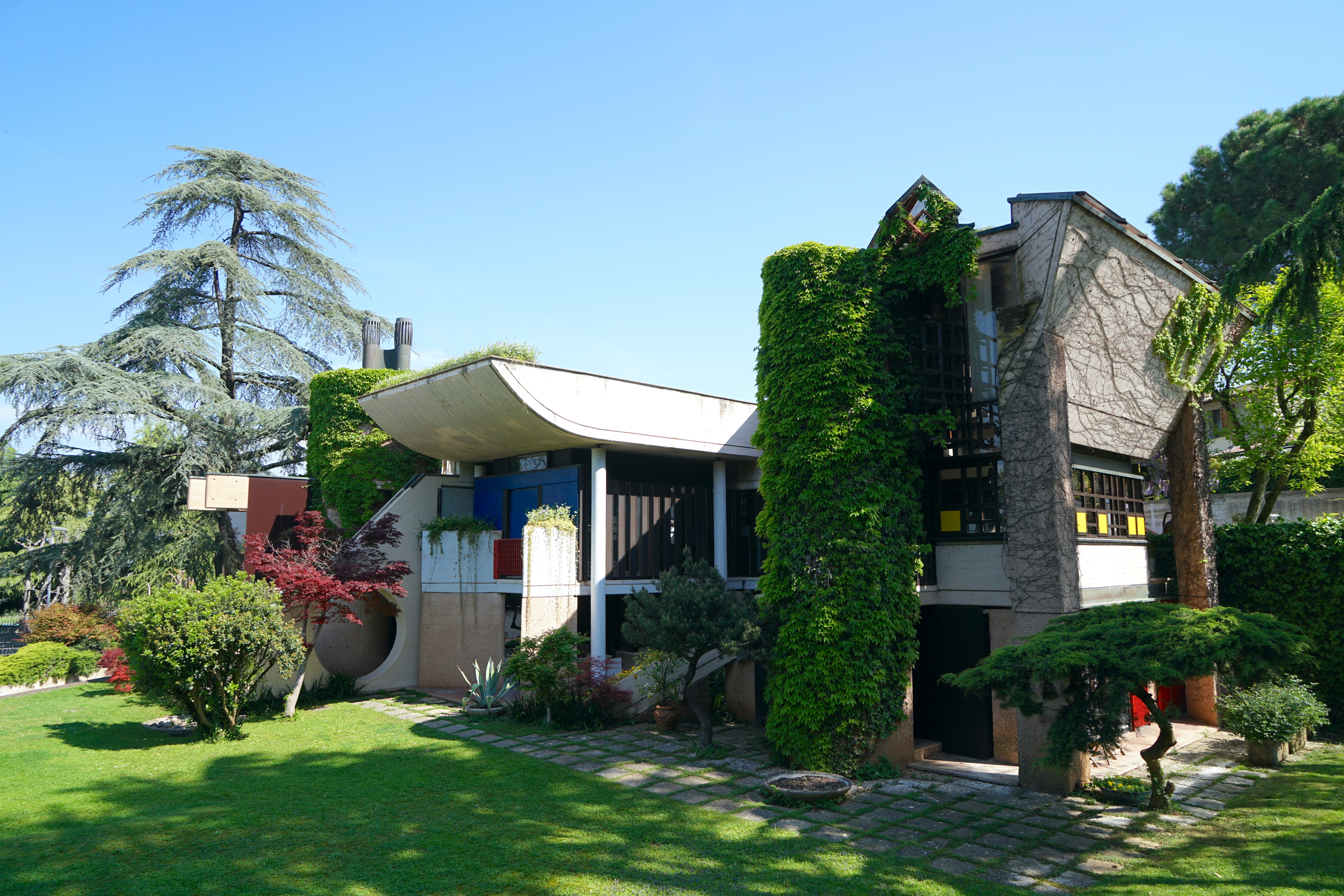
It is difficult to take Villa Caffetto in at a single glance. Built for artist Claudio Caffetto (1942-2022), this extraordinary house near Brescia in the Lombardy region of Italy reads like a manifesto for sculptural architecture. With its rich and layered architecture, a composition of geometric shapes and oblique forms in concrete, glass and metal as visually complex and intricate as Giovanni Battista Piranesi's famous etchings of imaginary 18th-century staircases, represents an Italian movement of late modernist and brutalist tendencies which emerged in the 1970s, influenced by the then-popular postmodern and High-Tech trends.
This specific chapter of 20th-century architecture led to the creation of some of the most experimental and bold examples of modern domestic architecture, despite falling into oblivion over time. Villa Caffetto puts this era back into the spotlight.
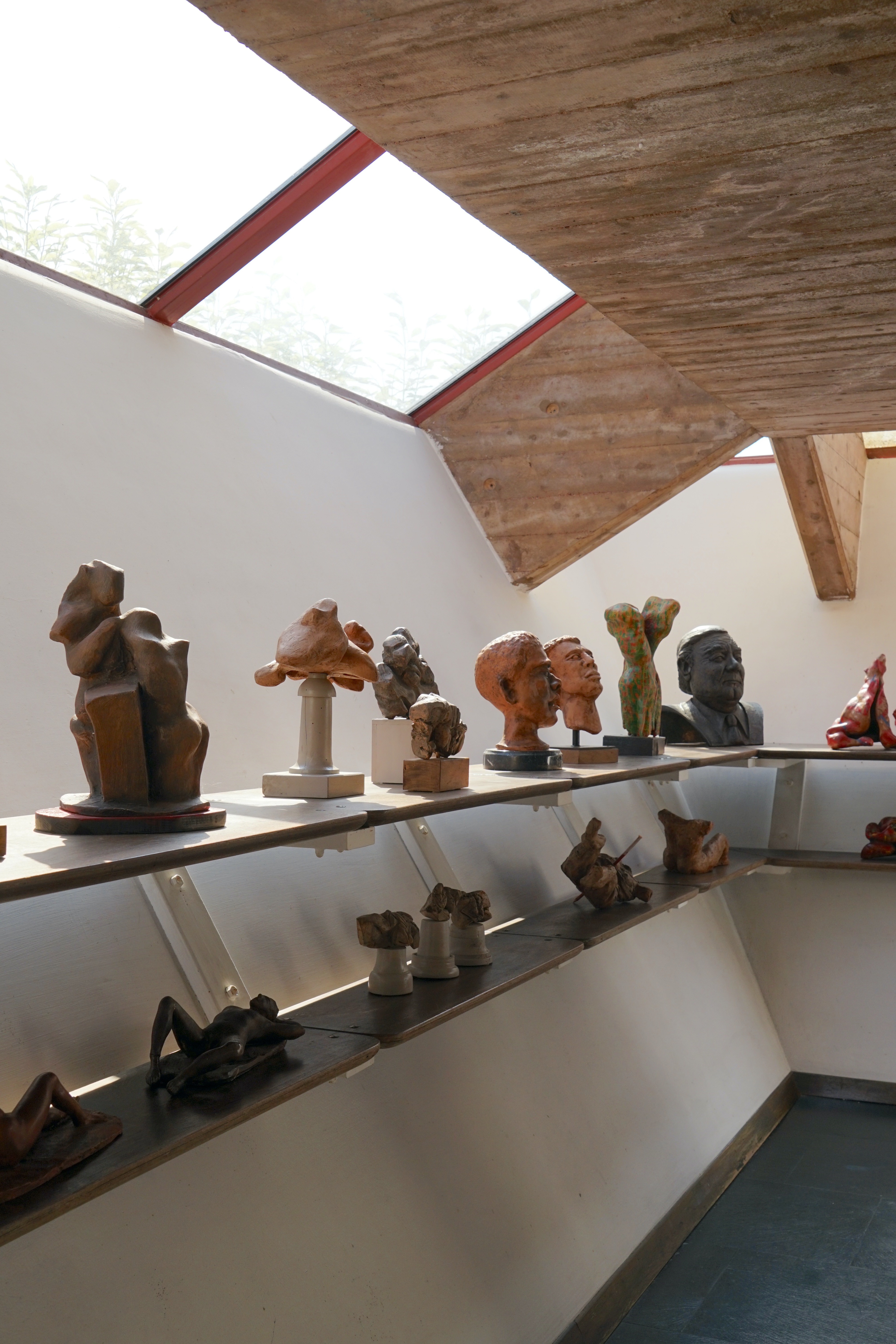
Busts and other sculptures by Caffetto displayed in the top-floor gallery
Take our tour of Villa Caffetto
The house was designed by little-known architect Fausto Bontempi (b.1935), who was highly influenced by his teacher, famous Venetian architect Carlo Scarpa. The latter’s architecture is known for its formal complexity and an obsession with geometry. Bontempi graduated in 1962 and became a consultant for the Lombardy region's Department of Urban Planning, working on Regulatory Plans for the municipalities of Lake Garda between 1970 and 1975. At the same time, he built a few experimental houses and other projects around the lake.
Inspired mostly by Scarpa’s sophisticated attention to detail and material, Bontempi challenged the era’s brutalism with an almost deconstructivist take, creating wild compositions that defy categorisation. His most notable works include the residential complex Cooperativa La Valle in Salò, built in 1968, and the cemetery of Moniga del Garda, constructed between 1978 and 1985. His projects nod not only to Scarpa’s approach but also to the output of his contemporaries, such as Umberto Riva, Leonardo Ricci, Giuseppe Pergugini and Carlo Graffi, who all applied a brutalist aesthetic to complex sculptural forms.

The main living room with wooden armchairs purchased by Claudio Caffetto for the newly completed house
The medium of sculpture draws a parallel between Bontempi's career and that of one of his most enlightened clients, young sculptor Claudio Caffetto whom he met while working for the Lombardy Region. Over the next two years, the two became close and in 1972 the architect accompanied the artist on a business trip to France and Germany. That same year, Bontempi was commissioned to design a home for Caffetto; the latter’s namesake villa was built between 1973 and 1974.

The house is composed of various levels and angled rooms interwoven with corridors, stairs and ramps
‘Our father lost his mother at a young age. At just 14, he found his first job as a draughtsman in the studio of architect Bruno Fedrigolli to contribute to the family's finances. There, he developed a passion for architecture and met numerous representatives of the Brescian art scene. He attended evening drawing and sculpture courses at the Brescian Artists' Association,’ say Metilde and Giovanna Caffetto, daughters of Claudio and current owners of Villa Caffetto. The artist eventually enrolled at the Art School in Parma. In the meantime, his work as a draughtsman brought him into contact with local pewter craftspeople for whom he designed objects such as jugs and plates. He was just 19 years old when he opened Metalpilter in Brescia, a small pewter craft workshop which later became his main business.
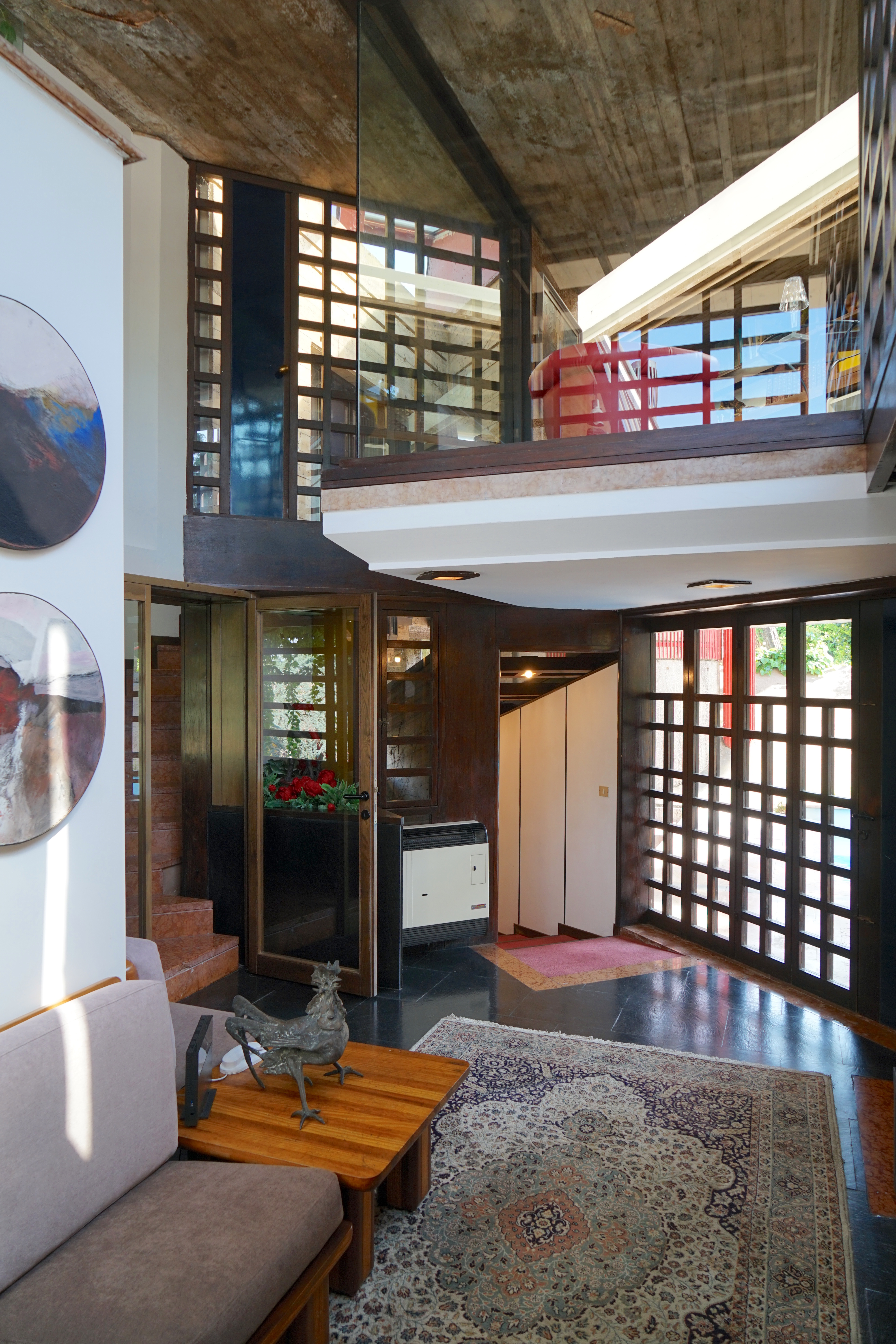
In 1963, Caffeto married Franca Manera. Together they embarked on building their home and artist studio. ‘Our father and Bontempi conceived a house as a universe composed of elements charged with the energy of form, matter and light in a dynamic and harmonious relationship with each other. During the construction, the site was always crowded with curious people on Sundays. [Because of its unconventional looks and geometries, which were not typical for residential architecture] there were rumours that it was an airport and other imaginative interpretations,’ the Caffettos recount.
Wallpaper* Newsletter
Receive our daily digest of inspiration, escapism and design stories from around the world direct to your inbox.
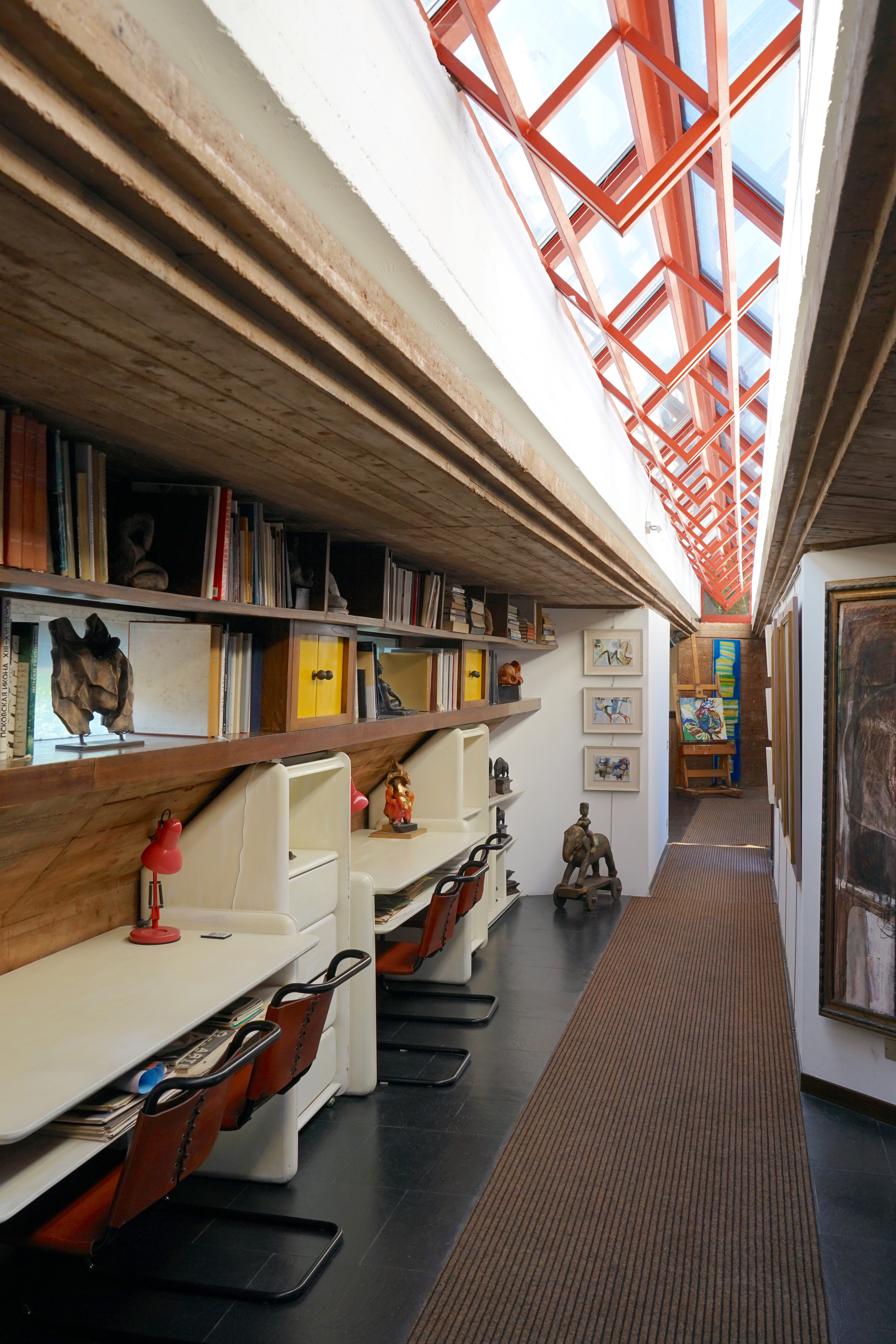
The top-floor studio furnished with Marcel Breuer’s ‘B33’ chairs
The composition of the house is the result of interweaving viewpoints and experiences; rooms and levels dynamically flow into each other. There are stairs, ramps and expressively angled rooms, equipped with Bontempi's built-in structural details made of wood, metal and stone, spanning ceilings, lamps, handrails and furniture. Illusion, drama and distortion create an inhabitable sculpture, an illusory M.C. Escher's labyrinth that reflects the creative energy of both its author and his client.
‘Living in the house as a child, especially on the outside, was fun because seen through the eyes of a child, the villa has many nooks, crannies and hiding places. But since it was conceived from the beginning as a house museum for the exhibition of works of art, it did not leave much room for freedom and play,’ say Caffetto’s daughters.
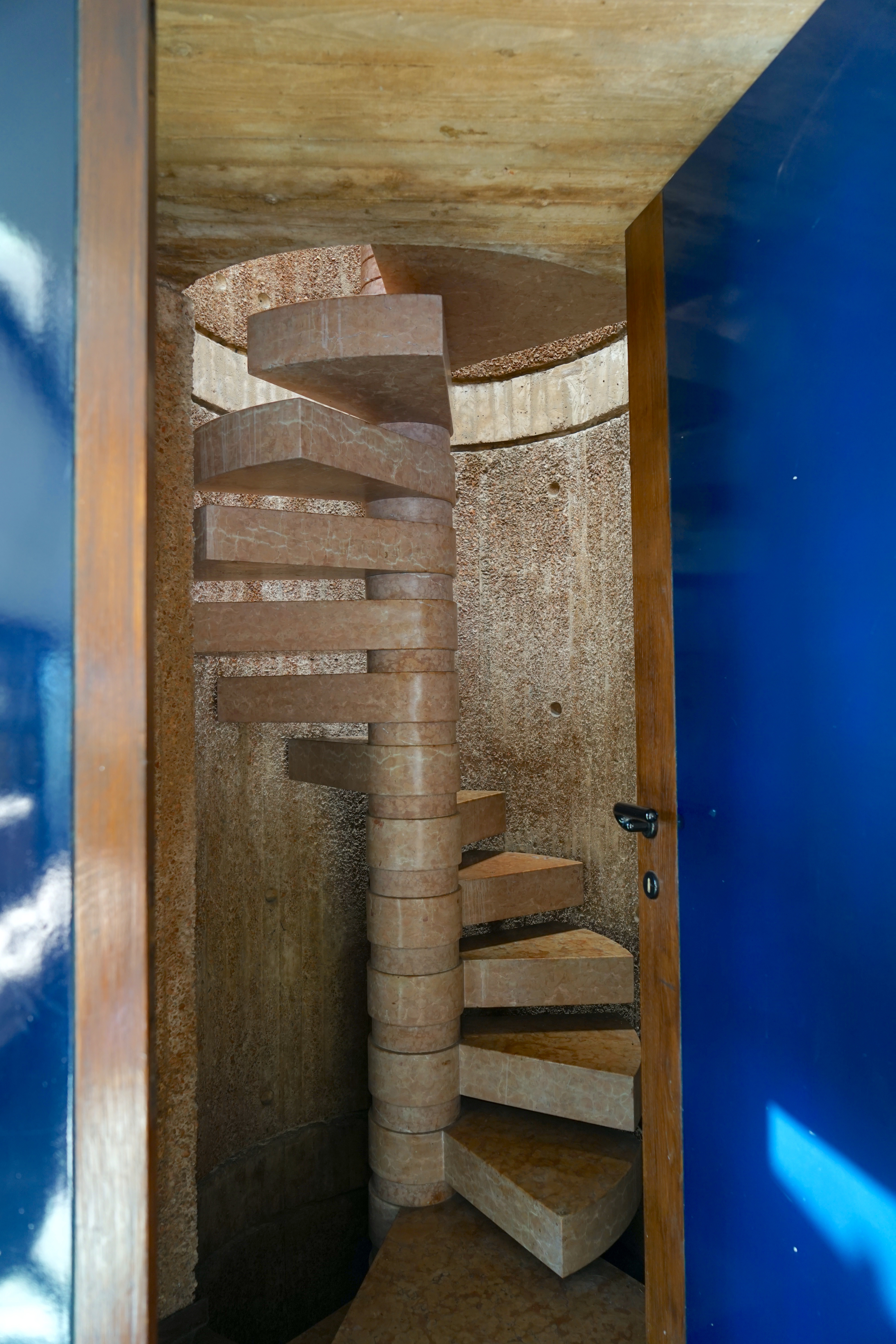
A spiral staircase leads from the living room to the sculpture gallery
In the 1970s, the villa became a place where local artists met. Gino Cosentino, Alberto Meli, Berocal, Rinaldo Pigola, Franco Grignani, Dada Maino, Delima Medeiros and Hsiao Chi, all exhibited works there. These encounters gave rise to Caffetto’s new cultural activity - Edizioni d'Arte Caffetto, a business dedicated to the production of multiple editions of artworks in different metals, including bronze, aluminium, copper and pewter. Caffetto created these in the house’s top-floor studio and exhibited them in the glass-roofed gallery next to it.
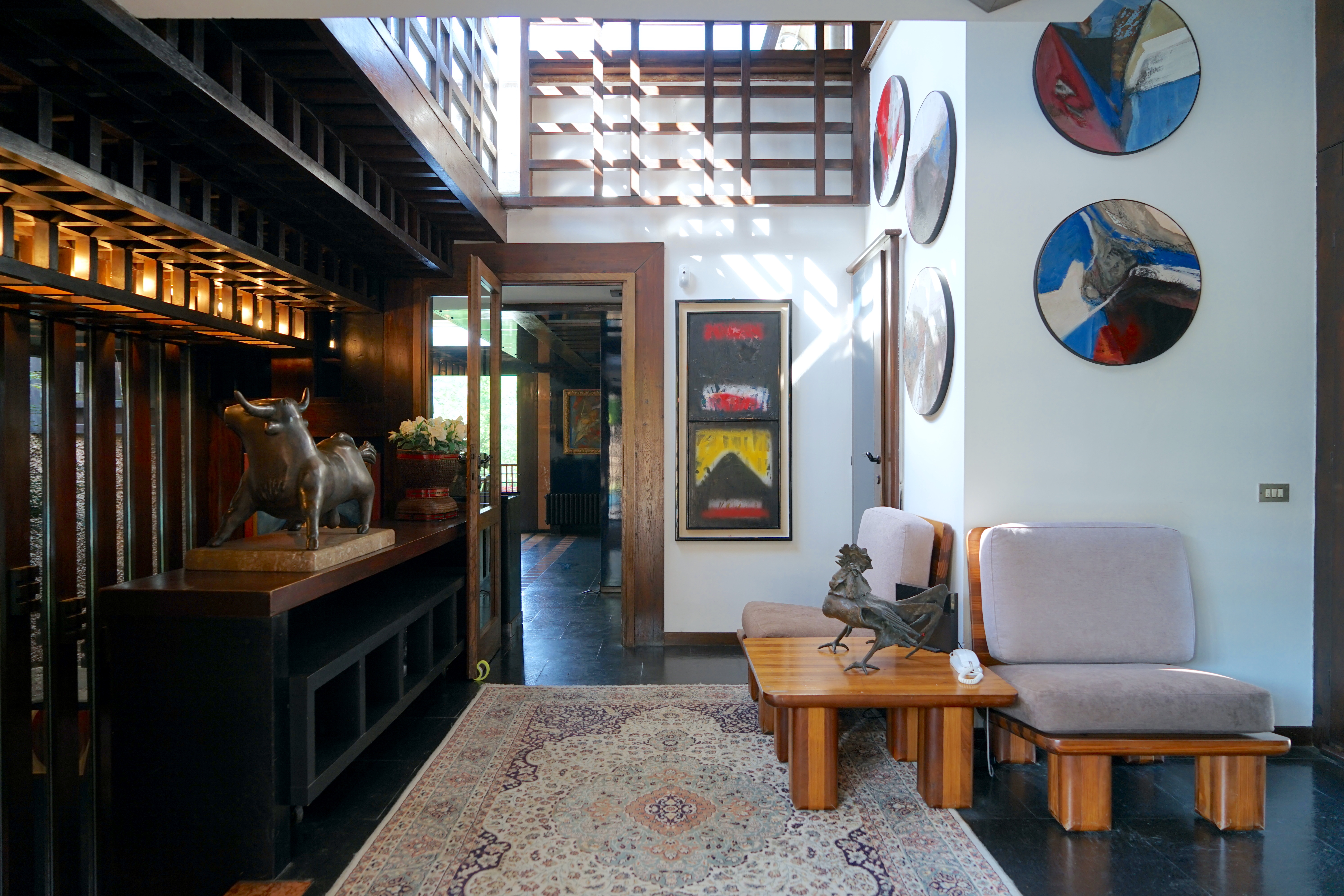
The house is currently partly open to the public as a venue for cultural events, artist residencies, and exhibitions. According to Metilde and Giovanna: ‘The plan is to continue on the path we have embarked on, by setting up an association that can expand the cultural offerings here, organise guided tours, enhance our father's art and the collection of works by the artists who frequented the villa, and keep in contact with the academic world so that the house can once again become a meeting place for creatives; a place for experts in the field of architecture and design. To do this, it will be necessary to step out of the family sphere and create a partnership with professionals in the sector and parties interested in investing in this project.’
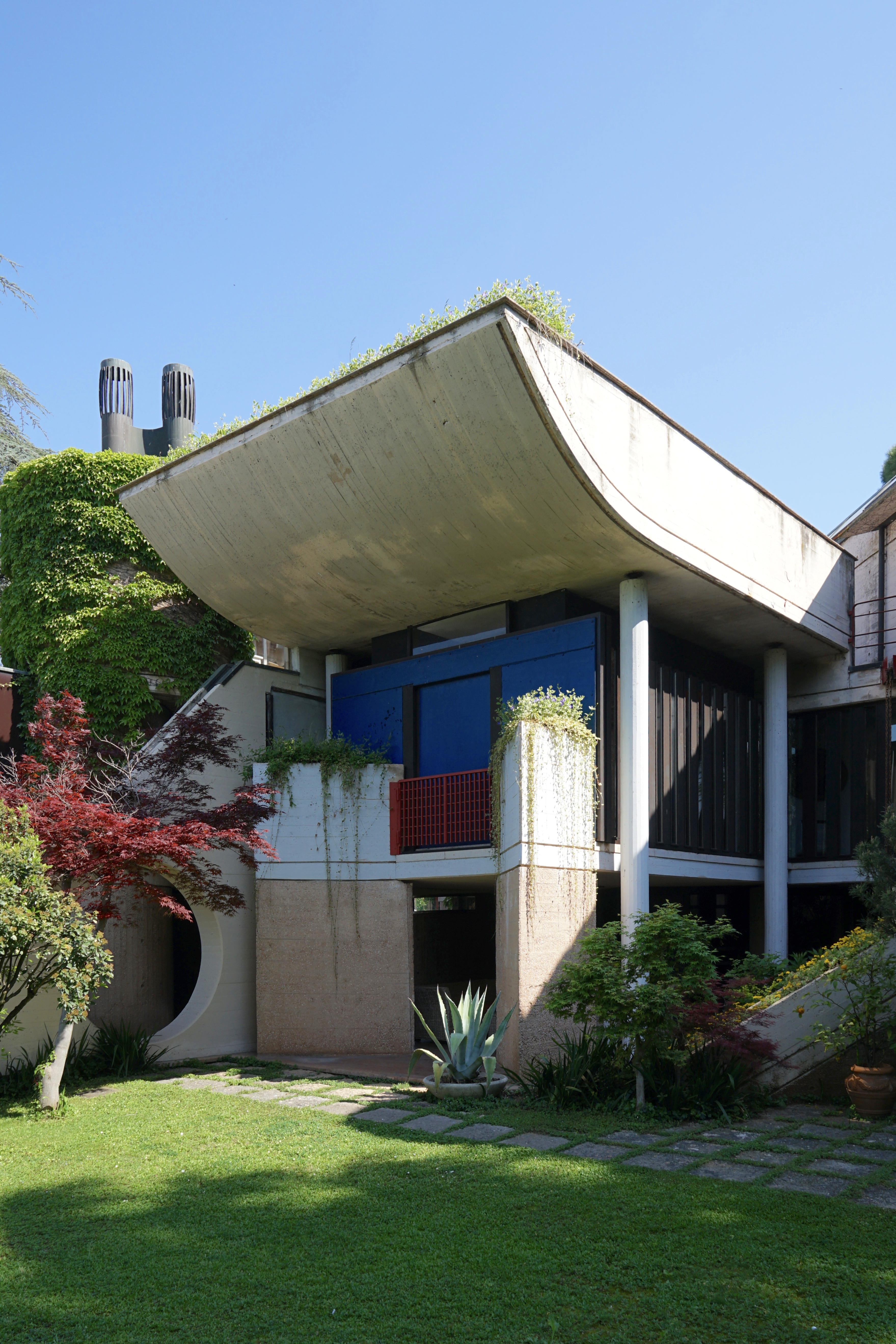
Adam Štěch is an architectural historian, curator, writer and photographer, based in Prague. He is the author of books including Modern Architecture and Interiors (2006), editor of design magazine Dolce Vita and a contributor to titles including Wallpaper* and Frame, while also teaching at Scholastika in Prague.
-
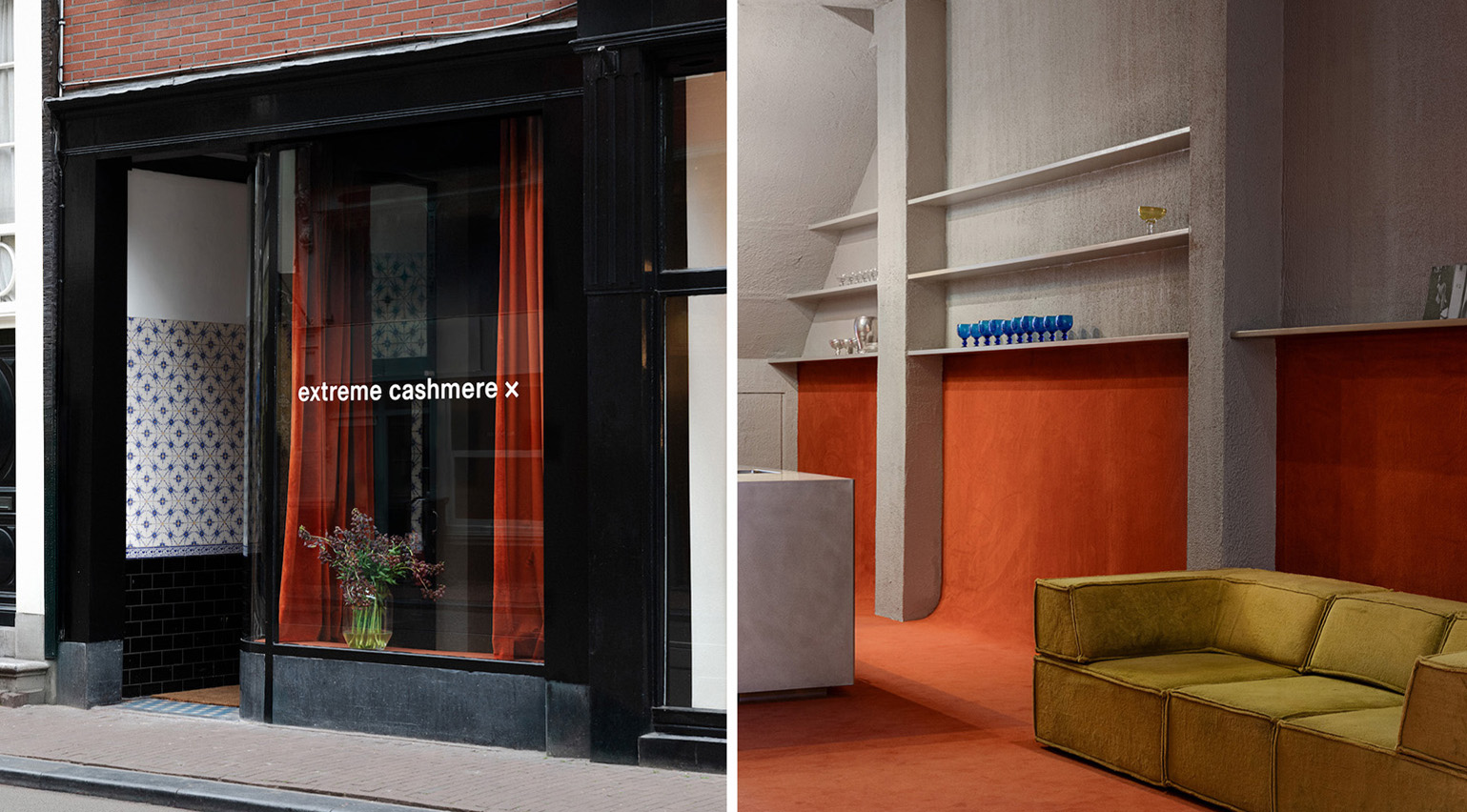 Extreme Cashmere reimagines retail with its new Amsterdam store: ‘You want to take your shoes off and stay’
Extreme Cashmere reimagines retail with its new Amsterdam store: ‘You want to take your shoes off and stay’Wallpaper* takes a tour of Extreme Cashmere’s new Amsterdam store, a space which reflects the label’s famed hospitality and unconventional approach to knitwear
By Jack Moss
-
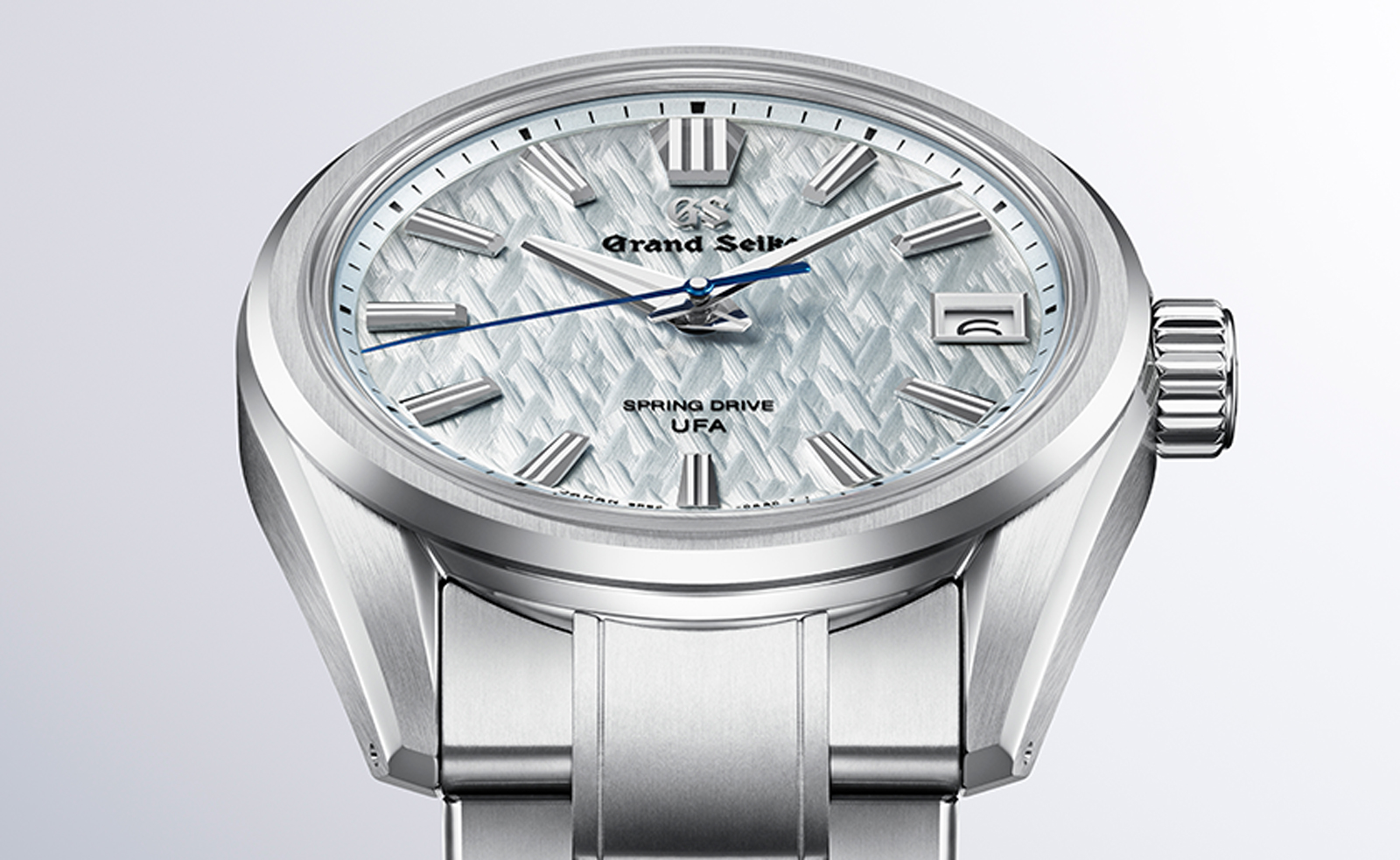 Titanium watches are strong, light and enduring: here are some of the best
Titanium watches are strong, light and enduring: here are some of the bestBrands including Bremont, Christopher Ward and Grand Seiko are exploring the possibilities of titanium watches
By Chris Hall
-
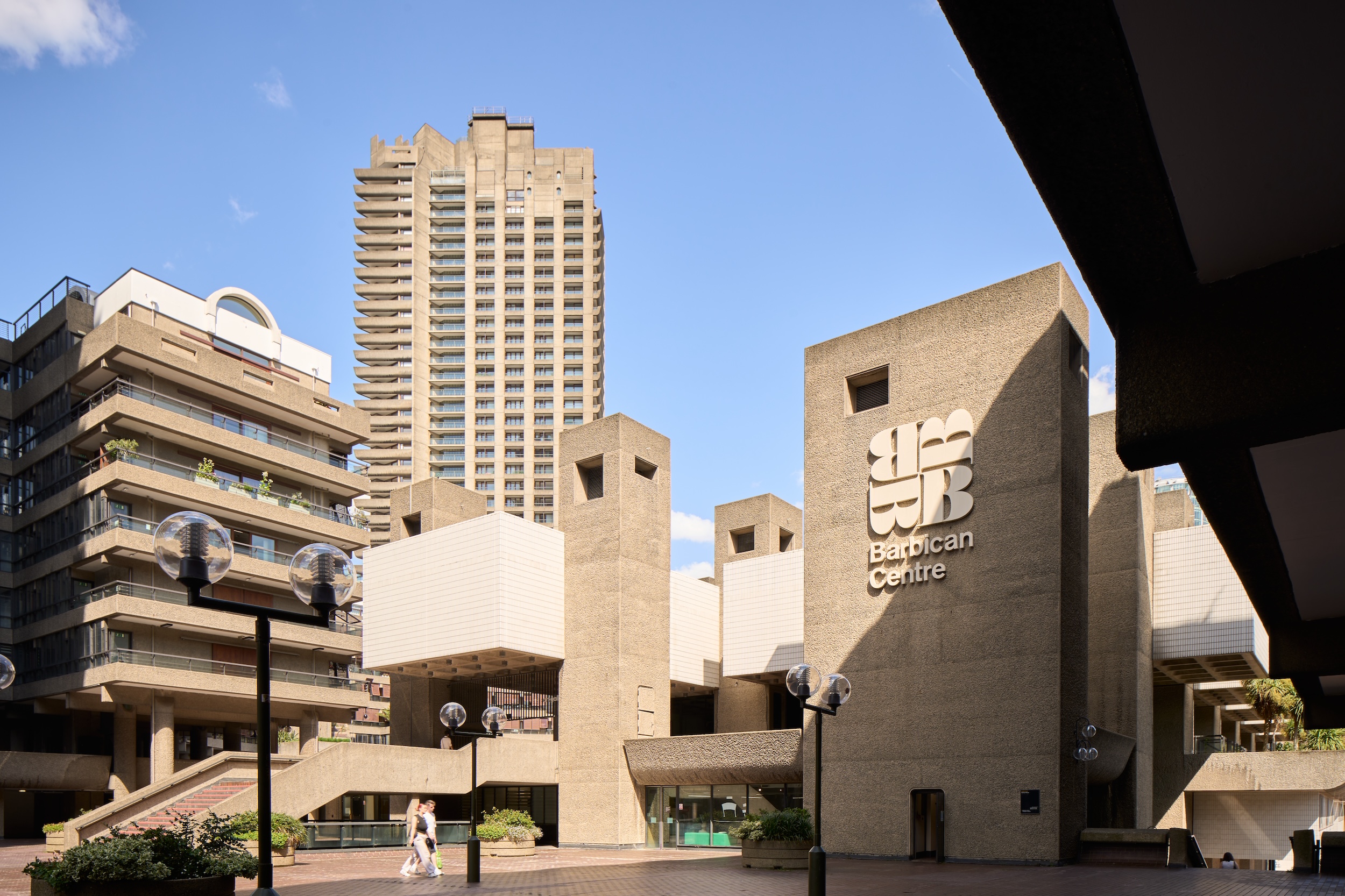 Warp Records announces its first event in over a decade at the Barbican
Warp Records announces its first event in over a decade at the Barbican‘A Warp Happening,' landing 14 June, is guaranteed to be an epic day out
By Tianna Williams
-
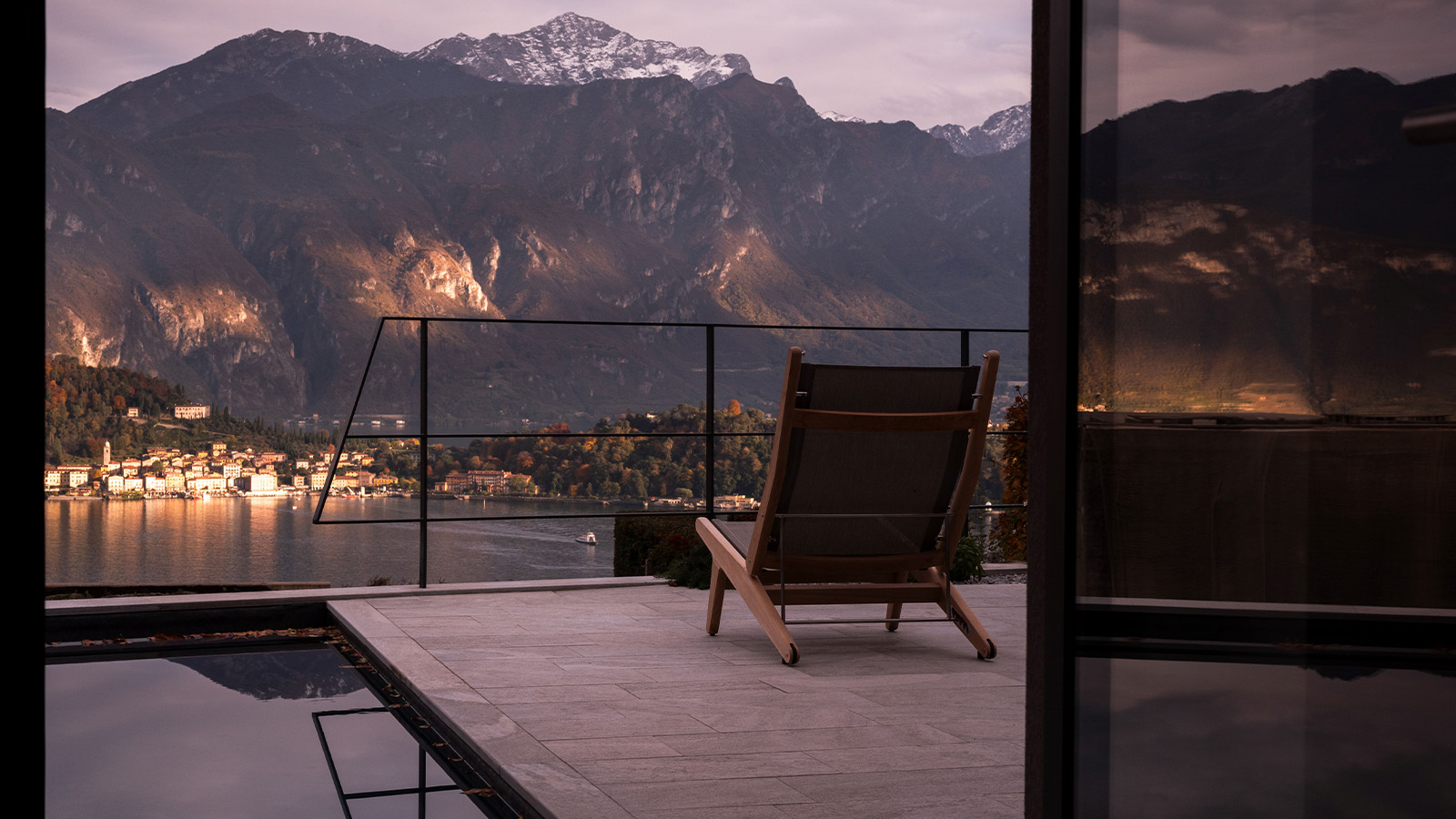 Explore this new Lake Como villa and its powerful, cinematic views
Explore this new Lake Como villa and its powerful, cinematic viewsA Lake Como villa by Tuckey Design Studio celebrates the history of its site and references the surrounding landscape through materiality
By Tianna Williams
-
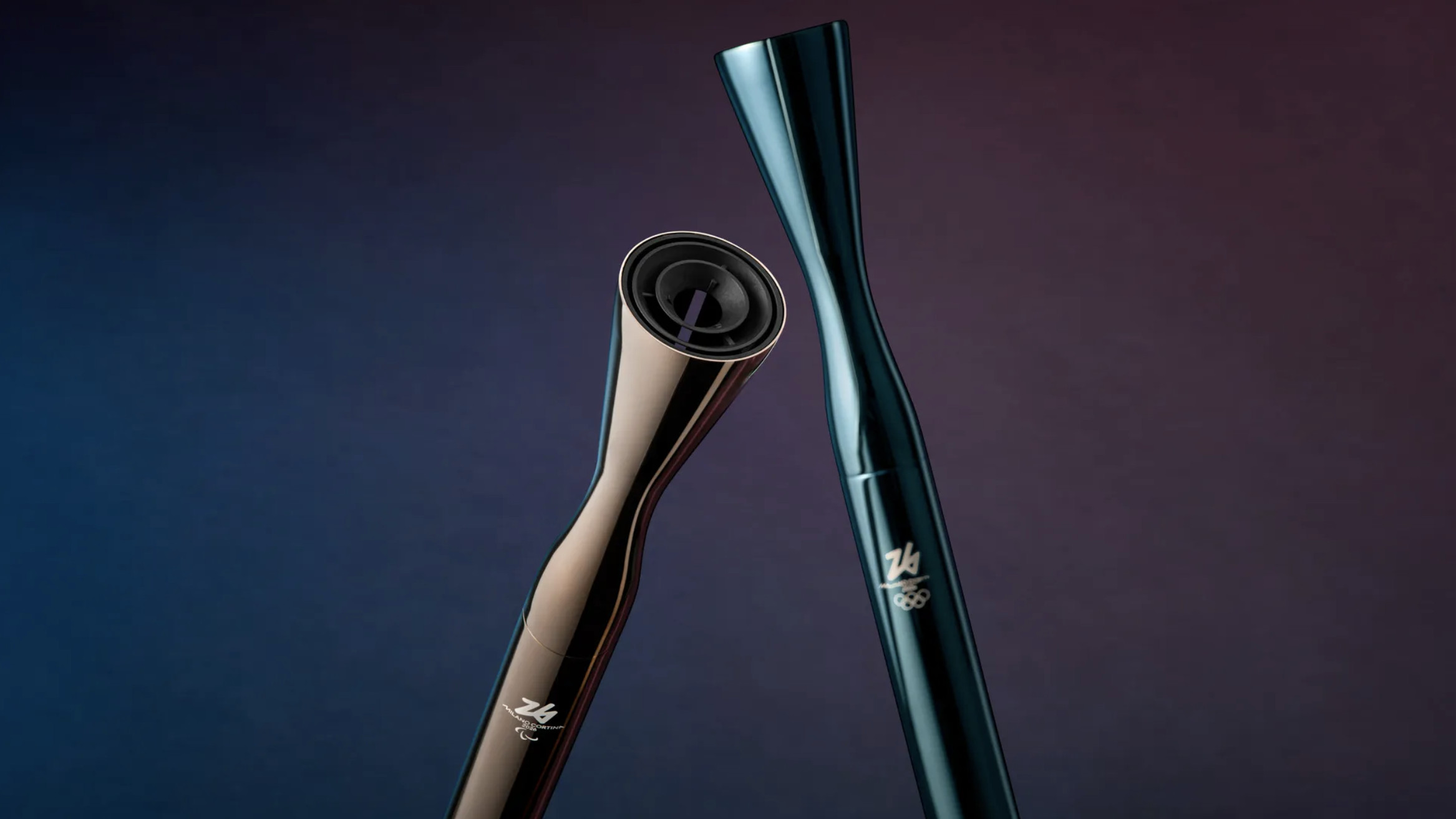 2026 Olympic and Paralympic Torches: in Carlo Ratti's minimalism ‘the flame is the protagonist’
2026 Olympic and Paralympic Torches: in Carlo Ratti's minimalism ‘the flame is the protagonist’The 2026 Olympic and Paralympic Torches for the upcoming Milano Cortina Games have been revealed, designed by architect Carlo Ratti to highlight the Olympic flame
By Ellie Stathaki
-
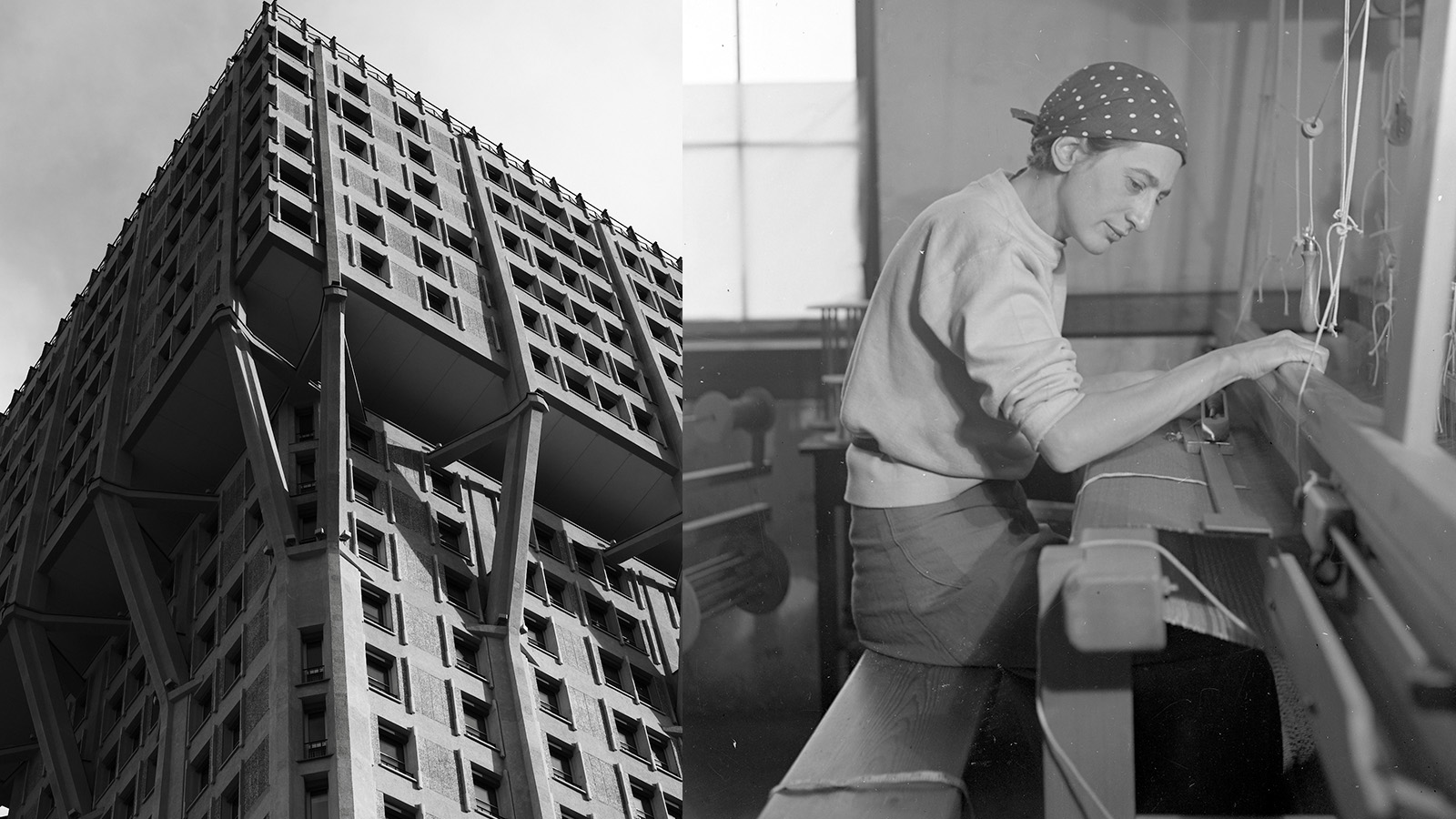 Anni Albers' weaving magic offers a delightful 2-in-1 modernist showcase in Milan
Anni Albers' weaving magic offers a delightful 2-in-1 modernist showcase in MilanA Milan Design Week showcase of Anni Albers’ weaving work, brought to life by Dedar with the Josef & Anni Albers Foundation, brings visitors to modernist icon, the BBPR-designed Torre Velasca
By Ellie Stathaki
-
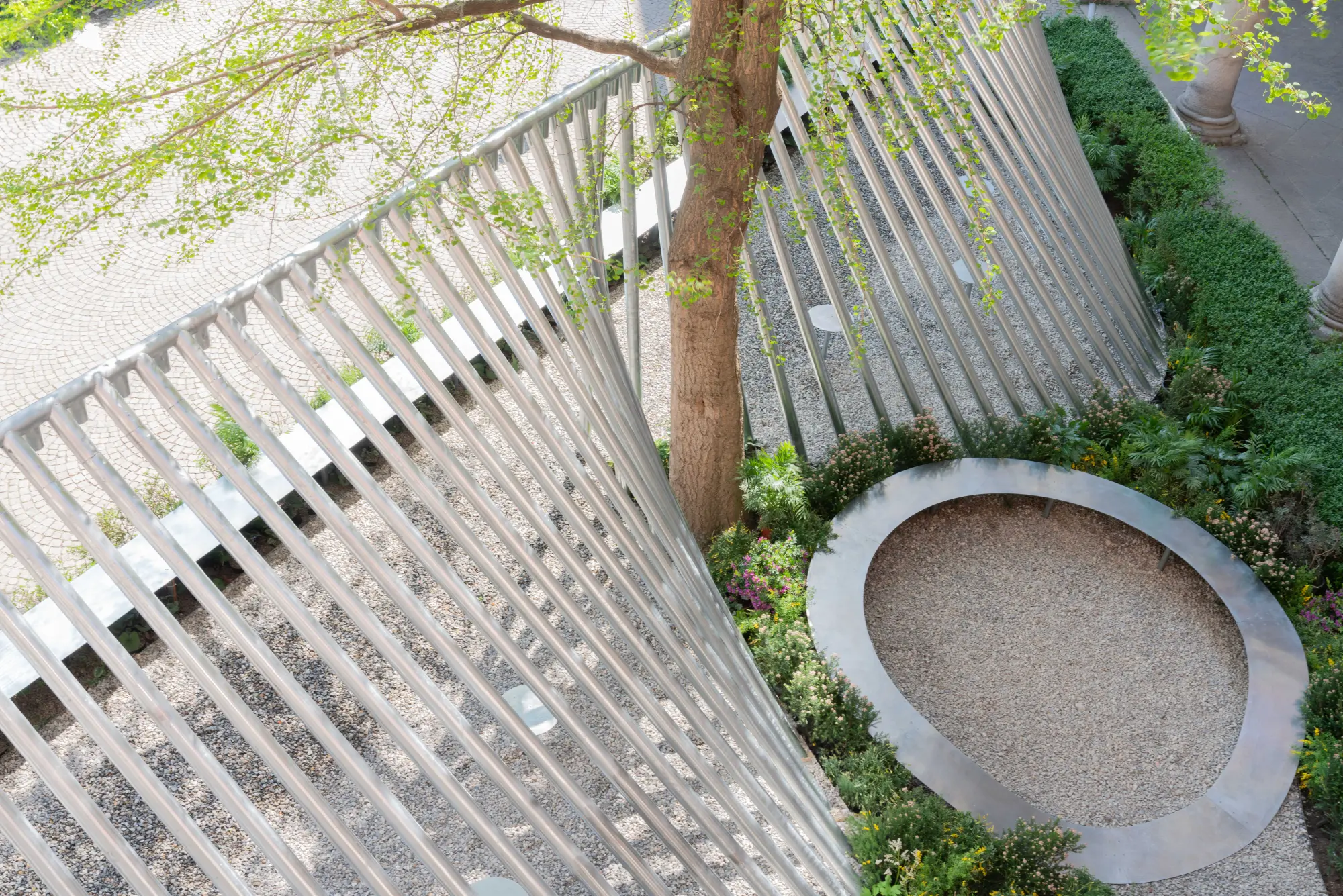 Milan Design Week: ‘A Beat of Water’ highlights the power of the precious natural resource
Milan Design Week: ‘A Beat of Water’ highlights the power of the precious natural resource‘A Beat of Water’ by BIG - Bjarke Ingels Group and Roca zooms in on water and its power – from natural element to valuable resource, touching on sustainability and consumption
By Ellie Stathaki
-
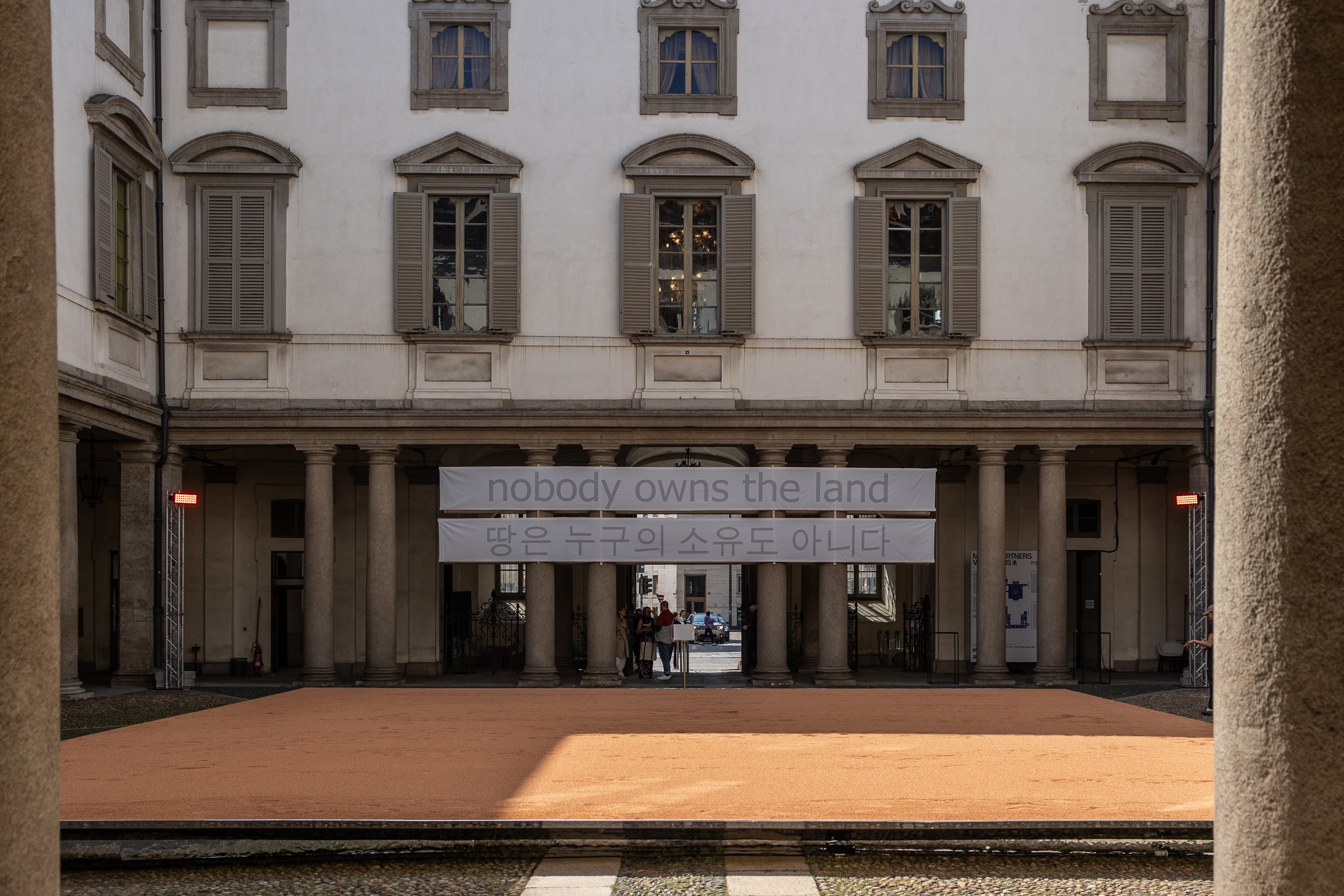 This Milan Design Week installation invites you to tread barefoot inside a palazzo
This Milan Design Week installation invites you to tread barefoot inside a palazzoAt Palazzo Litta, Moscapartners and Byoung Cho launch a contemplative installation on the theme of migration
By Ellie Stathaki
-
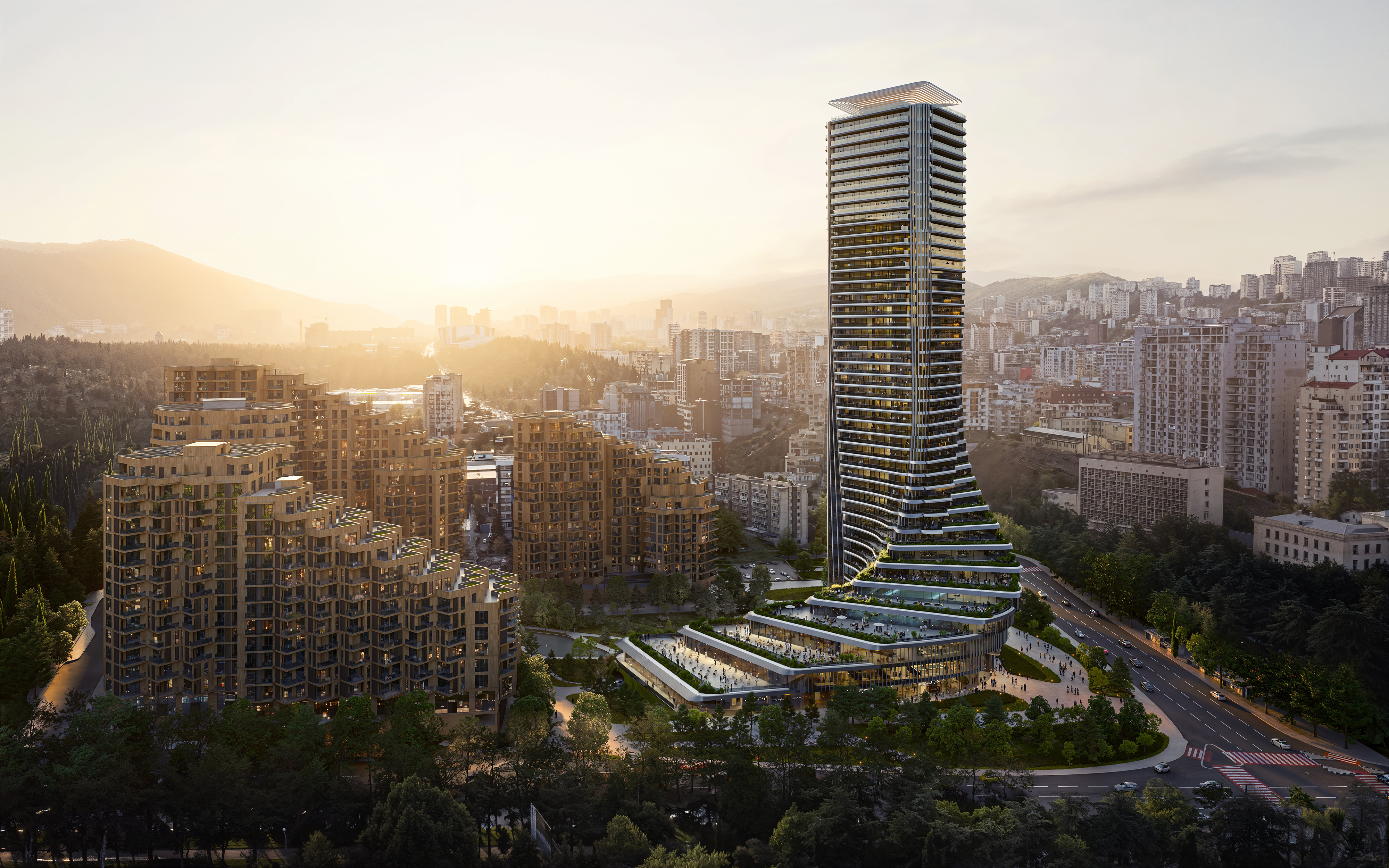 The upcoming Zaha Hadid Architects projects set to transform the horizon
The upcoming Zaha Hadid Architects projects set to transform the horizonA peek at Zaha Hadid Architects’ future projects, which will comprise some of the most innovative and intriguing structures in the world
By Anna Solomon
-
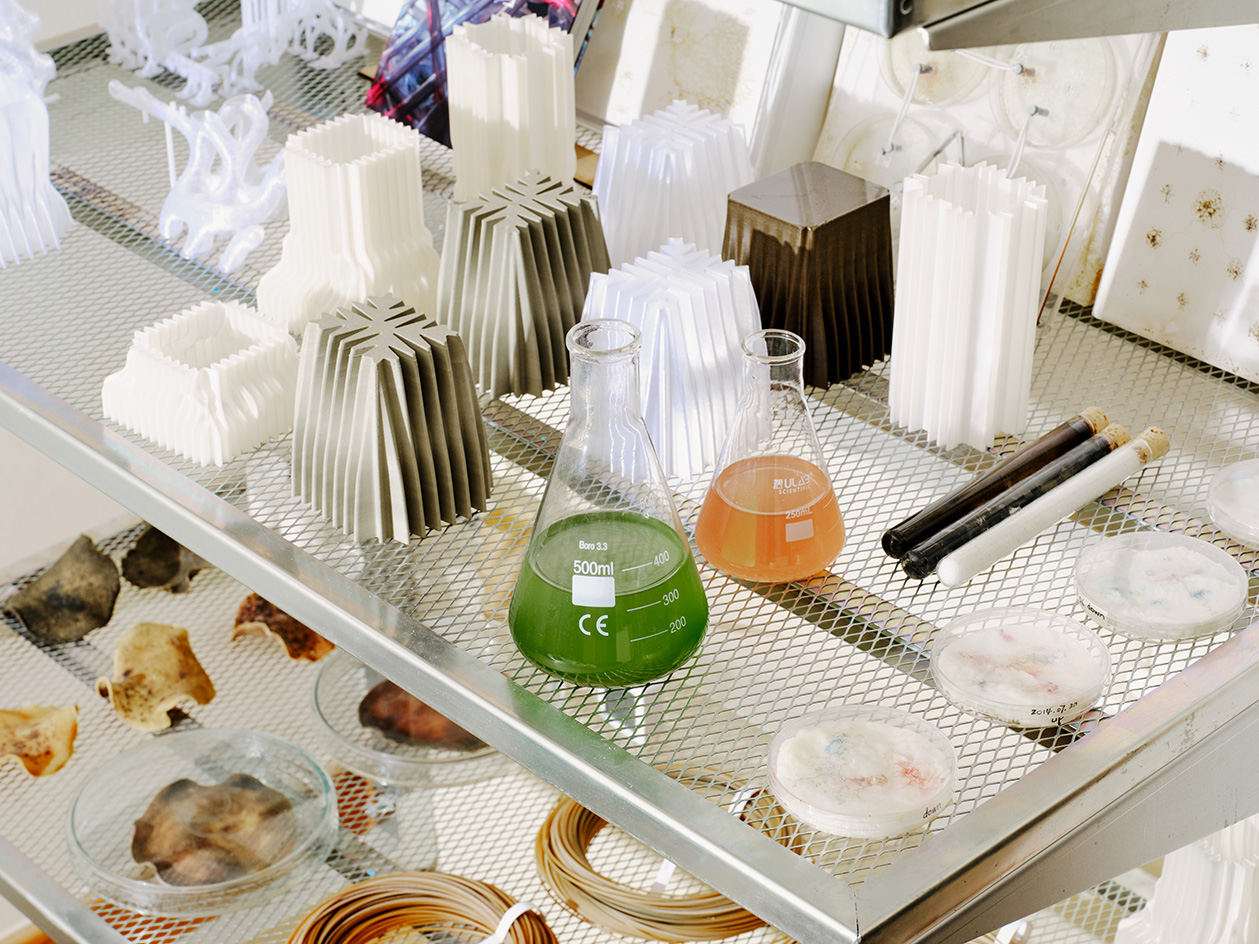 Is biodesign the future of architecture? EcoLogicStudio thinks so
Is biodesign the future of architecture? EcoLogicStudio thinks soWe talk all things biodesign with British-Italian architecture practice ecoLogicStudio, discussing how architecture can work with nature
By Shawn Adams
-
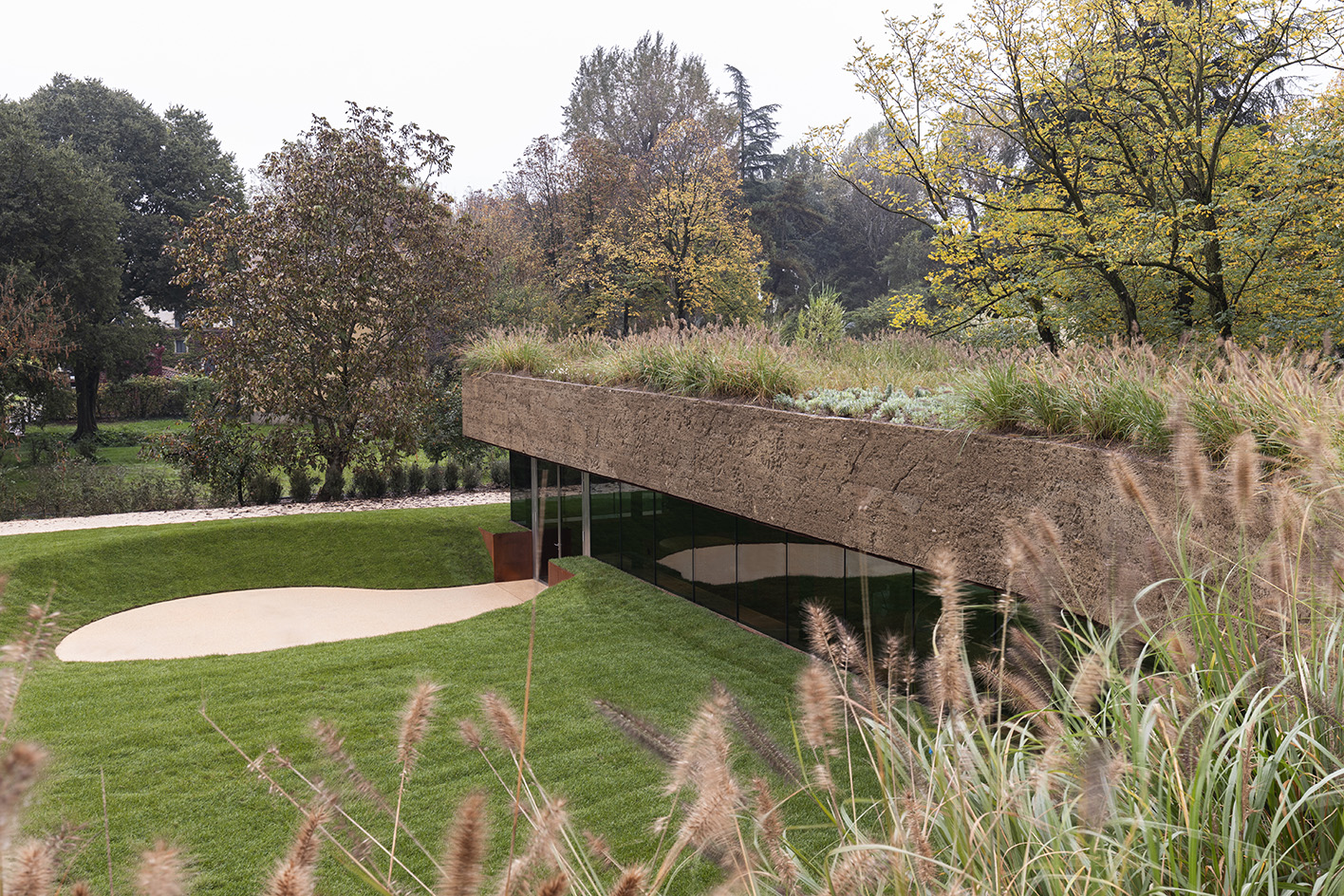 Meet Carlo Ratti, the architect curating the 2025 Venice Architecture Biennale
Meet Carlo Ratti, the architect curating the 2025 Venice Architecture BiennaleWe meet Italian architect Carlo Ratti, the curator of the 2025 Venice Architecture Biennale, to find out what drives and fascinates him ahead of the world’s biggest architecture festival kick-off in May
By Ellie Stathaki